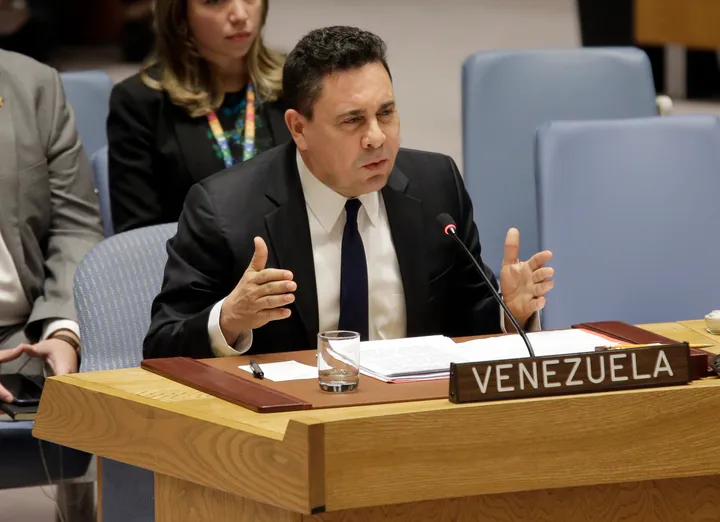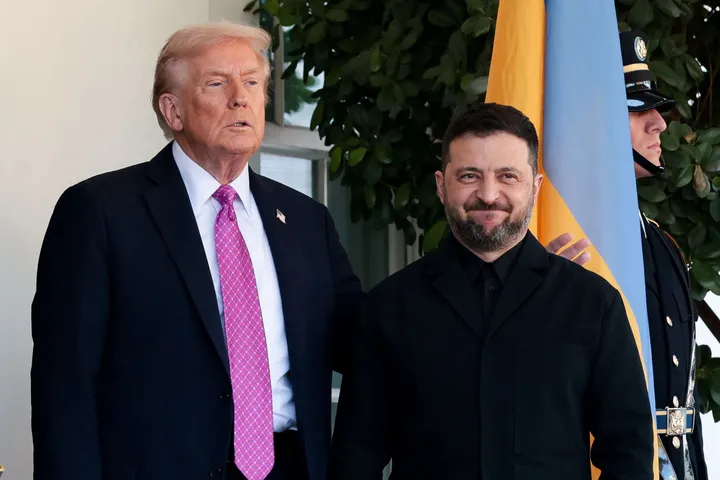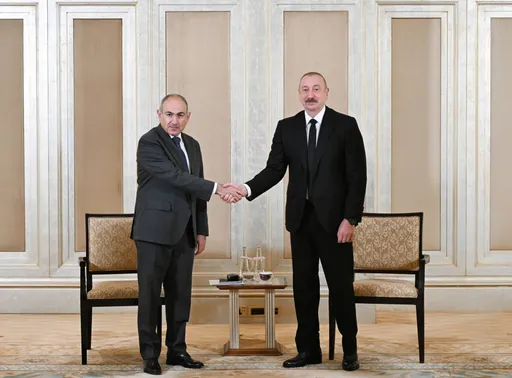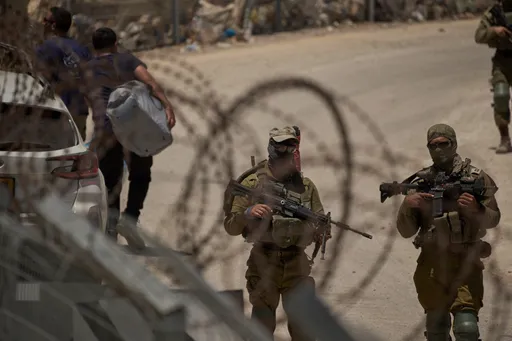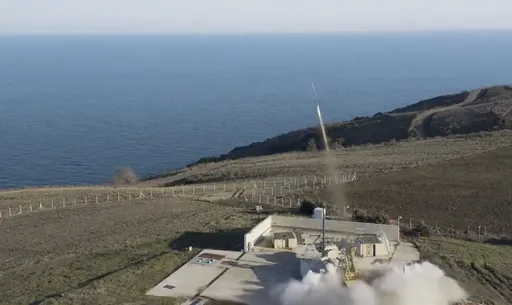While politicians and experts continue to debate whether climate change is real, large portions of ice continue to melt across the world, worrying not only environmentalists but also top military figures, some of whom live in Moscow.
Russia has almost always expressed pride in being an unconquerable nation, thanks to its staunch patriotism and extremely cold weather, which for centuries kept its enemies at bay.
Although it's hard to say to what extent Russian patriotism has changed with time, it's safe to conclude that its extreme climate has radically altered in the past few decades.
“Russia signed the Paris climate change agreement. Russia is one of the most affected nations from climate change and global warming due to its geopolitical reality in its north much of which neighbours the Arctic region,” Esref Yalinkilicli, a Moscow-based political analyst, tells TRT World.
“And scientific truths show that glaciers are melting,” Yalinkilicli says.
The ice is melting at an alarming rate, making Russians nervous and forcing them to deploy their high-tech weapons with nuclear capabilities in the region.
"The melt is moving faster than scientists predicted or thought possible several years ago. It's going to be a dramatic transformation in the decades ahead in terms of physical access [to the affected areas]," a senior US official at the State Department told CNN.
It means Russia’s natural ice defences in the Arctic Circle will incrementally disappear, leaving the world’s second-biggest military quite vulnerable on its northern frontier.
Russian challenge
Russians are rising to the challenge. The country’s military has reconstructed some of its old bases from the Soviet era, even expanding and reconnecting them in what appears to be a serious military build-up in the region.
Russian President Vladimir Putin is one of the fiercest defenders of Moscow’s Arctic deployment, seeing it as “an absolutely necessary element of building and maintaining the country’s defenses", according to the Kremlin spokesman Dmitry Peskov.
Moscow has also deployed some new weapons like the Tsirkon, an anti-ship hypersonic cruise missile, and the Poseidon, a torpedo which Russians call a “super-weapon”.
Deployments of two high-tech weapons into the Arctic region have sparked much speculation in Washington and other Western capitals. Among others, the Poseidon 2M39 worries the US military and its allies for various reasons.
The unmanned torpedo, operated by a nuclear reactor, is designed in a way that foreign enemy radars cannot detect it on the seafloor. The “super-weapon”, which is also capable of carrying nuclear warheads, could destroy its target area by distributing deadly radioactive waves.
If the Russian Poseidon is used against the US, it could create “radioactive tsunamis” across American coastal cities, according to Christopher A Ford, a former assistant secretary of state for International Security and Non-Proliferation under the Trump administration.
But in the past, the US did not believe that Russians could build the new generation of weapons like the Poseidon, and go on to pose real threats to its coastal cities or national security with them. With the latest Russian build-up in the Arctic region, that approach has appeared to change.
"There's clearly a military challenge from the Russians in the Arctic," said a top US State Department official. "That has implications for the United States and its allies, not least because it creates the capacity to project power up to the North Atlantic," the official added.
Contested borders
The US and Russia, the two competing world powers, are geographically located on two different continents, but they are still neighbours thanks to gas-rich Alaska, an American state, which was purchased by Washington from Moscow in 1867 in what appears to have been a bad deal for the Russians.
The Arctic Circle, which also contains rich gas resources according to experts, connects the two powerful neighbours across the region’s ice-filled seas. There are other states like Canada, Norway, Iceland, Sweden and also Britain, which claim territorial rights in the region.
There are various “disputes” among those states “to share the Arctic”, says Yalinkilicli, Moscow-based political analyst. Due to the Arctic’s frozen nature, it’s difficult to designate national borders and respective exclusive economic zones (EEZs) of countries in the region, the analyst says.
“Borders are unclear. Russia has various islands in the region like other neighbouring states,” Yalinkilicli says. While the region is very cold, political disputes regarding contested borders are “hot”, the analyst notes.
Russia is aware of the fact that Western states under American leadership will act in a coordinated manner against Moscow to designate maritime borders, according to Yalinkilicli.
In response to that effort, with its latest military build-up, Russia demonstrates that it will not let the Western bloc “contain” itself across the country’s wide northern frontier, he says.
The military build-up is also related to an invisible competition among neighbouring powers when it comes to icebergs, which are a source of energy, the analyst says. “But due to increasing awareness regarding global warming, no state could dare to argue its political claim over icebergs publicly, not wanting to be seen as bad guys.”
Arctic route
While climate change worries Russian policymakers, they still want to seek possible profits associated with it. The Northern Sea Route (NSR), which is located between Alaska and the Russian mainland, is one of the world’s water channels. But it cannot be used much due to the frozen climate.
However, with global warming, Russians think they could open the NSR up to world trade, turning it into a major international shipping lane. The recent blockade in Egypt’s Suez Canal, one of the world’s busiest man made water channels, has raised the hopes of Russian policymakers in the Kremlin who want to realise this NSR dream.
“Due to global warming, this route becomes more usable as a shipping lane, Russians say. For them, it’s an opportunity to bypass southern routes,” Yalinkilicli observes.
Unlike other parts that belong to neighbouring nations, like the US, Canada and Norway, Russia’s Arctic population has decreased significantly. This has worried the Kremlin. By making the NSR "a globally competitive national transport corridor", the Kremlin hopes to see regional trade flourish and as a result, halt this population decline.
Like China’s Belt and Road Initiative, Russians are also “obsessed with this northern route”, Yalinkilicli says. Some experts also think that the NSR could shorten the route for many shipping containers, transporting goods from Asia to Europe.
But Washington does not like that idea.
"Russian laws governing NSR transits exceed Russia's authority under international law," said Lt. Col. Thomas Campbell, a Pentagon spokesman.


